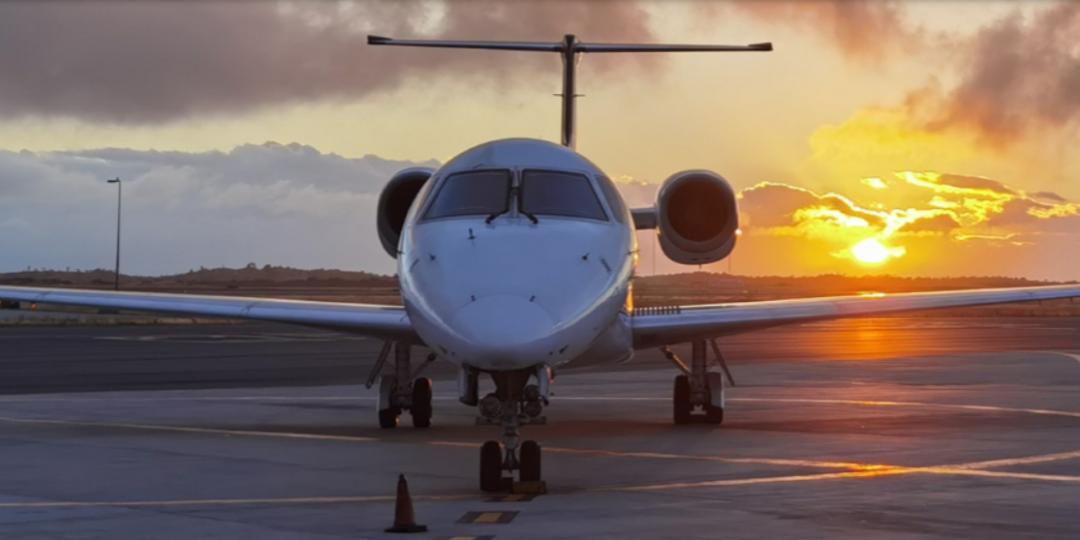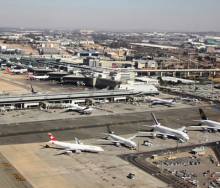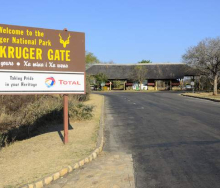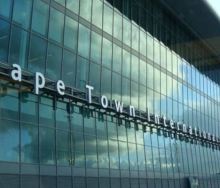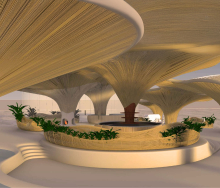In the next 20 years, Africa will experience some of the highest annual air passenger demand growth rates, yet aircraft deliveries will remain low.
The Brazilian narrowbody aircraft manufacturer Embraer revealed these findings at the Farnborough International Airshow in its Market Outlook 2024.
While Africa's gross domestic product is predicted to grow at an annual rate of 3,6% between 2024 and 2043, air passenger demand, measured in revenue passenger kilometres, is expected to grow at a rapid yearly rate of 4,4%.
Africa currently has a fleet of 470 small single-aisle jets and turboprops in service, but the report says the manufacturer expects this to grow to 850 aircraft by 2043.
Despite Africa being one of the fastest-growing regions, carriers face the persistent problem of low load factors. Although the majority of load factors on intra-regional flights, measured by available passenger kilometres, is for larger jets, about 63% of markets served by these aircraft carry fewer than 130 passengers upon departure.
"Accordingly, replacing narrowbodies with sub-150 jets can help airlines improve load factors, produce higher yields, and lead to a more profitable industry," explains the report.
It recommends a mixed-fleet approach, used by North American and Brazilian airlines, to ensure consistently high profit margins. The approach prioritises extensive network connectivity to domestic, regional and international destinations through the use of a combination of small and large narrowbody jets.
“Africa can benefit from a similar mixed-fleet approach. Smaller, more efficient narrowbodies can drive long-term economic and social prosperity," explains Embraer.
Embraer forecasts that global demand for new small single-aisle jets and turboprops over the next 20 years will total 10 500, of which 8 470 will be jets and 2 030 turboprops.
Africa may only receive 380 jets and 220 turboprop deliveries in the next 20 years, compared with North America's 2 610 jets and, China and Asia Pacific's 980 turboprops.
Although Africa’s air passenger demand will experience growth, its current 2% contribution to global air traffic and low load factors will see it receiving fewer aircraft deliveries.
"Africa is one of the world’s fastest-growing regions with a huge opportunity to build a robust, efficient air transport network. (The) fundamentals of the region are conducive to sub-150-seat aircraft: thinner markets with lower demand are better served by smaller aircraft to efficiently increase frequencies, load factors, and yields," emphasises the report.
